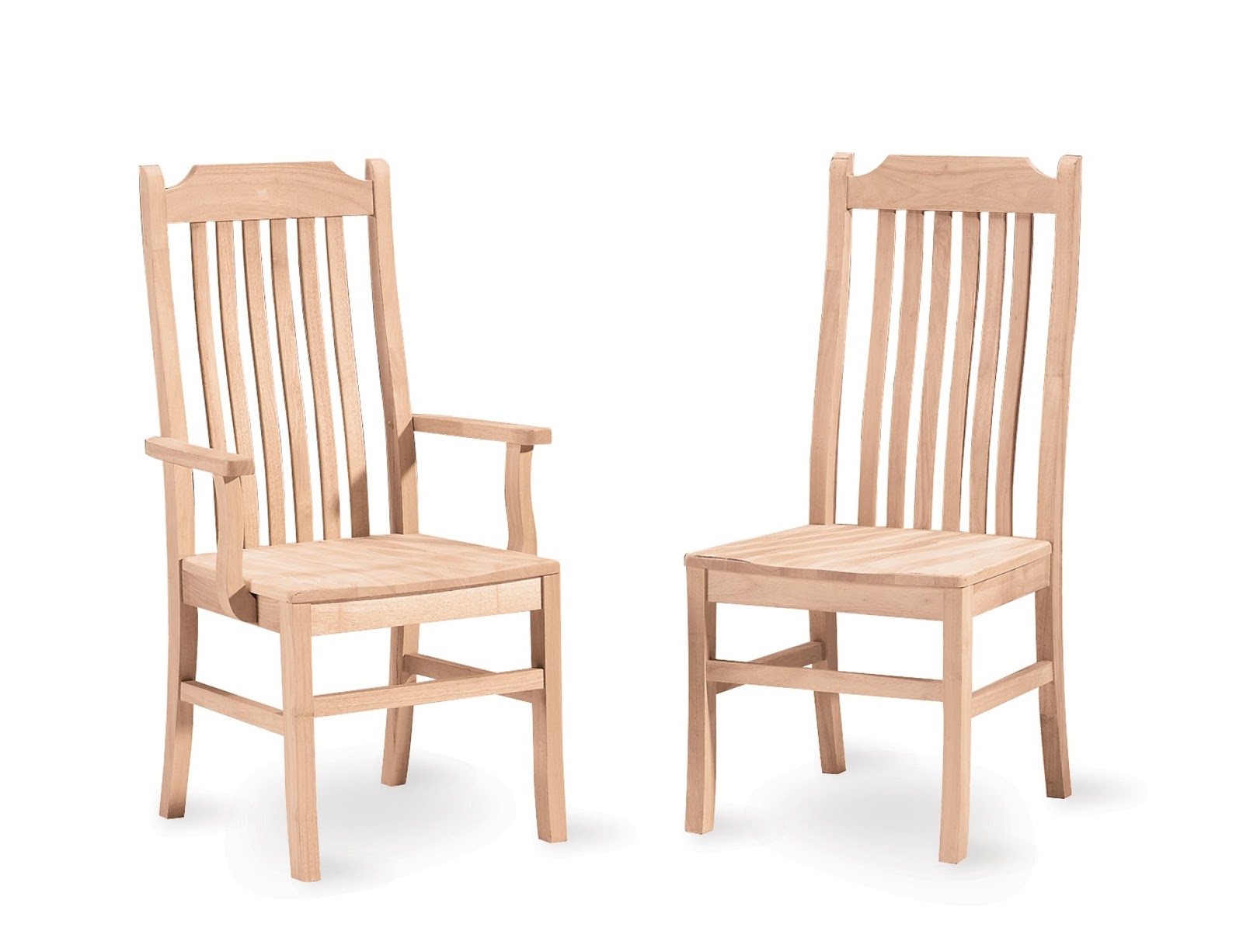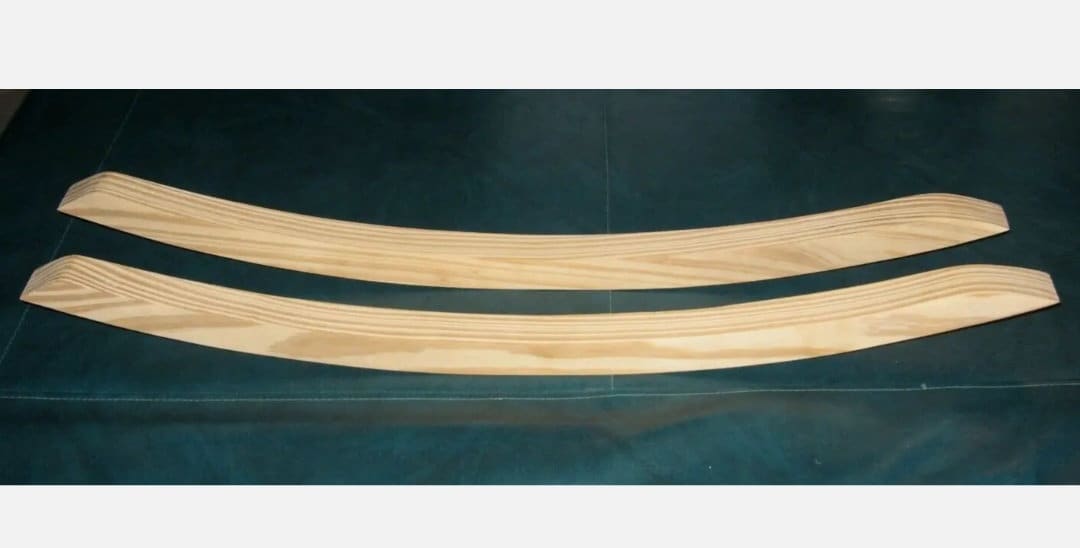Choosing the Right Materials

The choice of material for your rocking chair runners is crucial, as it directly affects the chair’s stability, durability, and overall performance. You’ll want to consider factors like weight, style, and the environment where the chair will be used.
Wood
Wood is a popular choice for rocking chair runners due to its natural beauty, strength, and ability to absorb shock. It’s a good option for chairs that are primarily used indoors, as it’s less prone to rusting than metal.
Here are some common types of wood used for rocking chair runners:
- Oak: Known for its strength, durability, and beautiful grain patterns. It’s a good choice for heavy rocking chairs that will receive a lot of use.
- Maple: Another strong and durable wood, maple is known for its smooth, tight grain and resistance to scratches. It’s often used for lighter rocking chairs.
- Cherry: Known for its rich color and beautiful grain, cherry wood is a popular choice for rocking chairs. It’s a relatively soft wood, however, so it may require more maintenance.
- Walnut: A strong, durable wood with a rich, dark color and distinctive grain. Walnut is a good choice for rocking chairs that will be exposed to moisture.
Metal
Metal runners, often made of steel or iron, are a good choice for rocking chairs that will be used outdoors or in high-traffic areas. They are very durable and resistant to wear and tear.
Metal runners can be powder-coated or painted to match the chair’s finish.
Plastic
Plastic runners are often used on budget-friendly rocking chairs. They are lightweight and easy to clean, but they may not be as durable as wood or metal runners.
Thickness and Width, How to make rocking chair runners
The thickness and width of your rocking chair runners will depend on the weight of the chair and the style of the runners. Generally, thicker runners are better for heavier chairs, while thinner runners are suitable for lighter chairs.
Here are some general guidelines:
- Heavy rocking chairs: Use runners that are at least 1 inch thick and 2 inches wide.
- Medium-weight rocking chairs: Use runners that are 3/4 inch thick and 1 1/2 inches wide.
- Light rocking chairs: Use runners that are 1/2 inch thick and 1 inch wide.
It’s also important to consider the style of the runners. Some runners are designed to be wider than others, which can provide greater stability.
Designing and Measuring

You’ve got your materials, now it’s time to get creative and design your rocking chair runners. The design process involves determining the size and shape of the runners based on your rocking chair’s dimensions and your personal preferences.
Runner Dimensions
To ensure a perfect fit, you need to measure your rocking chair’s base accurately.
- Measure the width of the rocking chair base: This will determine the width of your runners. Make sure to measure the widest part of the base, including any decorative elements.
- Measure the length of the rocking chair base: This will determine the length of your runners. Measure from the front edge of the base to the back edge.
- Consider the overhang: You’ll want your runners to extend slightly beyond the base of the rocking chair for stability and aesthetics. A 1-2 inch overhang on each side is generally sufficient.
To calculate the required length and width of your runners, use the following formula:
Runner Length = Rocking Chair Base Length + (2 x Overhang)
Runner Width = Rocking Chair Base Width + (2 x Overhang)
For example, if your rocking chair base is 24 inches long and 18 inches wide, and you want a 1-inch overhang on each side, your runners would need to be 26 inches long and 20 inches wide.
Runner Design
The design of your runners is completely up to you! You can choose a simple rectangular shape or get more creative with curves, angles, or decorative embellishments.
- Simple and functional: A basic rectangular shape is the easiest to create and will provide a sturdy base for your rocking chair. This is a good option if you’re going for a minimalist look or if you’re new to woodworking.
- Curved edges: Curved edges can add a touch of elegance and sophistication to your runners. You can use a router or a jig saw to create curves. Be sure to use a template to ensure that your curves are symmetrical.
- Angled edges: Angled edges can add a modern touch to your runners. You can use a miter saw or a jig saw to create angles. Be sure to use a protractor to ensure that your angles are accurate.
- Decorative elements: You can add decorative elements to your runners to personalize them. This could include inlays, carvings, or even paint. Let your imagination run wild! If you’re using wood that has natural grain patterns, you might choose to keep the design simple to showcase the beauty of the wood.
Construction and Installation: How To Make Rocking Chair Runners

Now that you have your materials cut and shaped, it’s time to assemble the runners and attach them to your rocking chair. This process involves careful measurements and secure fastening to ensure a smooth and enjoyable rocking experience.
Attaching Runners to the Chair Base
There are several methods for attaching the runners to the chair base, each with its own advantages and considerations. The choice depends on the type of chair, the materials used, and your desired level of permanence.
- Screws: Screws are a popular and reliable method for attaching runners to the chair base. They offer a strong and durable connection, particularly when using wood screws and pilot holes for accurate placement. Ensure the screws are long enough to penetrate the runner and chair base securely.
- Glue: Wood glue provides a strong bond, especially when used in conjunction with screws. This method is particularly useful for attaching runners to chair bases made of delicate materials, as it reduces the risk of splitting or damage. Apply a thin, even layer of glue to both surfaces before clamping them together.
- Brackets: Brackets are metal or plastic fixtures that can be used to attach runners to the chair base. They offer a sturdy and adjustable connection, making them ideal for chairs with complex shapes or materials. Select brackets that are appropriate for the size and weight of the chair, and follow the manufacturer’s instructions for installation.
Tips for Secure Installation
- Pre-drill pilot holes: This helps prevent wood from splitting and ensures screws are installed straight and securely.
- Use the right screws: Select screws that are long enough to penetrate the runner and chair base, and use a screwdriver or drill with the appropriate bit size.
- Clamp runners in place: Use clamps to hold the runners securely against the chair base during glue application and screw installation. This helps ensure a strong and even bond.
- Test the fit: Before fully securing the runners, test the chair’s rocking motion to ensure a smooth and comfortable experience. Make any necessary adjustments before finalizing the installation.
How to make rocking chair runners – Making rocking chair runners is a great way to protect your floors and add a touch of style. You can use a variety of materials, like fabric, leather, or even braided rope. If you’re looking for a comfy place to relax while you enjoy your runners, check out the gci outdoor firepit rocker chair , perfect for cozy evenings by the fire.
Once your runners are finished, you’ll have a beautiful and functional addition to your home.
Rocking chair runners can add a touch of personality and protection to your furniture. You can make them from a variety of materials, like fabric, leather, or even wood. If you’re looking for a runner to complement a grey baby rocking chair , consider a soft, textured fabric in a neutral color like beige or white.
This will create a calming and sophisticated look for your nursery. Once you’ve chosen your material, you can get creative with the design and add embellishments like tassels or embroidery to personalize your runner.
